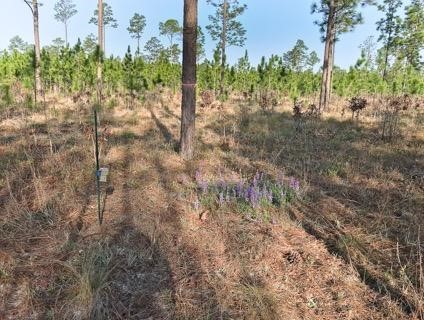An Effective and Affordable Camera Trap for Monitoring Flower-visiting Butterflies in Sandhills: with Implications for the Frosted Elfin (Callophrys irus)
DOI:
https://doi.org/10.26786/1920-7603(2020)573Abstract
New advancements in camera trap technology have led to wide-spread use in animal monitoring. In this study we tested whether modern self-contained camera traps could be used to identify small lepidopterans such as the frosted elfin (Callophrys irus). A vast majority of photographed lepidopterans, 76/81 (93.83%), were identifiable to family when moving relatively slowly across the camera’s field of view. Although no C. irus were observed, we were able to identify several species of lepidopterans including those of similar size as C. irus. We find that modern camera traps are adequate to sample small lepidopterans and may open new avenues to survey for small rare species such as C. irus over larger areas than typically possible with small field crews and short flight seasons.

Downloads
Published
How to Cite
Issue
Section
License
Copyright (c) 2020 dave mcelveen, robert t meyer

This work is licensed under a Creative Commons Attribution 4.0 International License.











